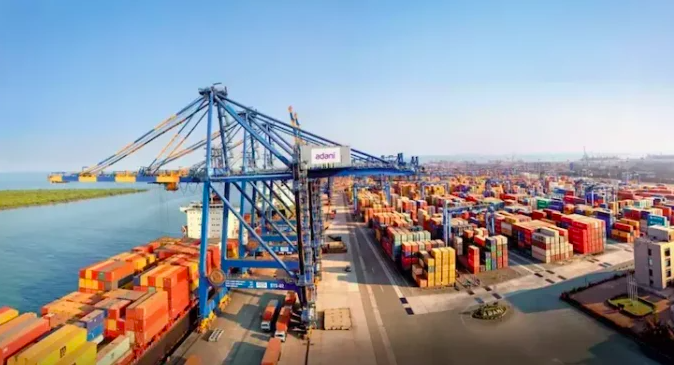Pilot Projects focus on retrofitting existing ships to run on green hydrogen and target development of hydrogen bunkering and refuelling facilities in ports on international shipping lanes
The Government of India has issued new guidelines backing pilot projects for using green hydrogen in the shipping sector. The “Scheme Guidelines for implementation of Pilot projects for use of Green Hydrogen in the Shipping Sector” guidelines were issued by the Ministry of New & Renewable Energy (MNRE) last week under the National Green Hydrogen Mission.
Under the Mission, along with other initiatives, the Ministry of New & Renewable Energy will implement pilot projects in the shipping sector, for replacing fossil fuels and fossil fuel-based feedstock with Green Hydrogen and its derivatives. Pilot projects will be implemented through the Ministry of Ports, Shipping and Waterways (MoPSW) and the implementing agencies nominated under this Scheme.
Two areas have been identified as thrust areas under the shipping pilot projects. These are retrofitting of existing ships so as to enable them to run on Green Hydrogen or its derivatives and development of bunkering and refuelling facilities in ports on international shipping lanes for fuels based on green hydrogen.
The Scheme will be implemented with a total budgetary outlay of Rs 115 crores ($13.8m) for the financial year 2025-26.
In a statement the Ministry of New and Renewable Energy (MNRE) said: “The use of green hydrogen and its derivatives in the shipping sector, through the proposed pilot projects, will lead to the development of necessary infrastructure including refuelling stations, storage, and distribution networks, resulting in the establishment of a Green Hydrogen ecosystem in the shipping sector. The utilization of green hydrogen in the shipping industry is expected to increase over the years, with the expected reduction in its production cost.”
The steel sector programme will look at using hydrogen in direct reduced ironmaking (DRI) processes, blast furnaces, and the substation of fossil fuels with green hydrogen in a “gradual manner.”
Taking into account higher green hydrogen costs, the MNRE has said steel plants could begin blending a small percentage of the energy carrier into processes, before increasing the volume as costs fall.
With a budget of Rs 455 crores ($54.8m) until 2030 the pilot projects are intended to lead to the development of infrastructure to use hydrogen in the iron and steel industry.
Both schemes come as part of the country’s National Green Hydrogen Mission. Planned to deliver Rs. 19,744 crores ($2.3bn) until FY 2029-30, the mission hopes to decarbonise the India economy, reduce fossil fuel imports and establish the country as a green hydrogen leader.
The full MNRE Scheme Guidelines can be viewed here.
The National Green Hydrogen Mission was launched in January last year, with an outlay of Rs 19,744 crores ($3.7m) up to 2030. It will contribute to India’s goal to become Aatma Nirbhar (self-reliant) through clean energy and serve as an inspiration for the global Clean Energy Transition. The Mission will lead to significant decarbonisation of the economy, reduced dependence on fossil fuel imports, and enable India to assume technology and market leadership in Green Hydrogen.





